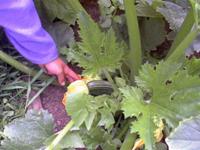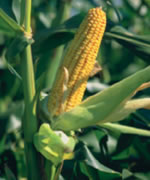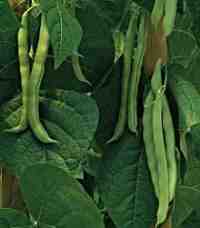


Companion PlantingSpring is in the air, your soil is healthy and fertile from preparation in Fall, and you've chosen to plant a "Three Sisters Garden" of corn, beans and squash. You have ordered seeds from a seed catalogue, or received them from a local Native Heirloom program in your community. Corn, beans and squash have been planted together as companions for thousands and thousands of years. This is called companion planting. Each plant supports and nurtures the growth of the others, and so they are called the Three Sisters. Sister squash spreads out her vines and thick leaves over the garden like a blanket. The vines block out sunlight and help stop the growth of weeds and other plants, that might overtake your garden.
Imagine the math of ancestors had to do to plants their huge gardens. They needed to be able to determine area, perimeters and the number of seeds required for planting it all. How big would your Three Sisters Garden need to be to feed your community? |




